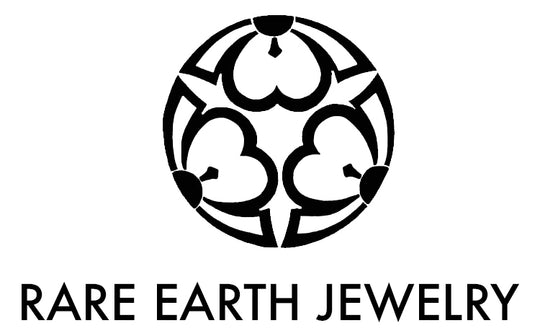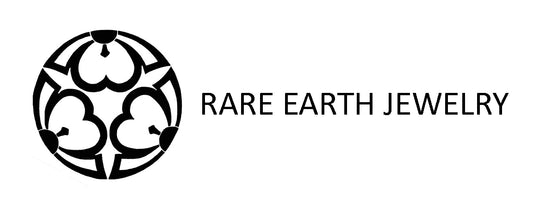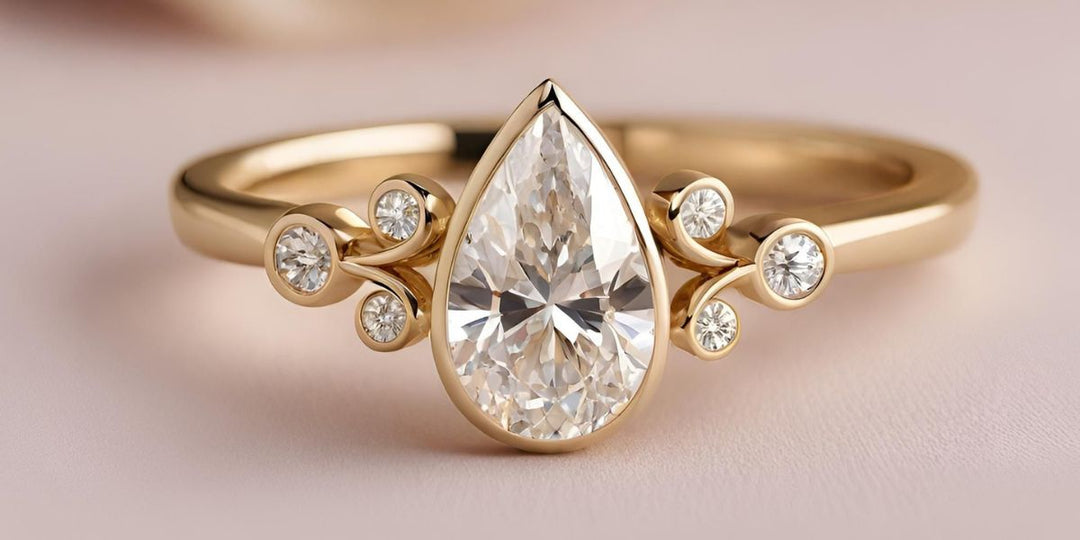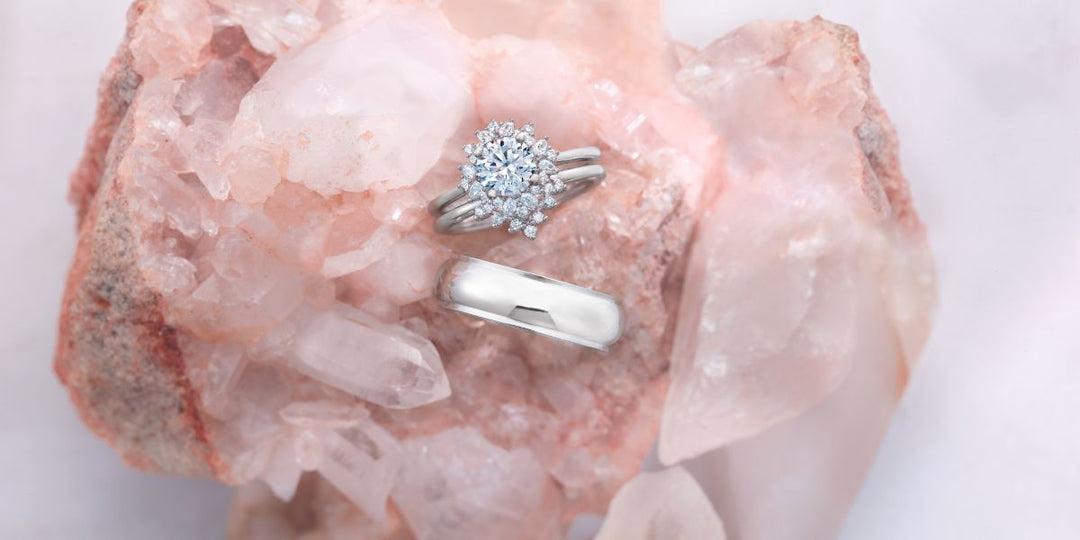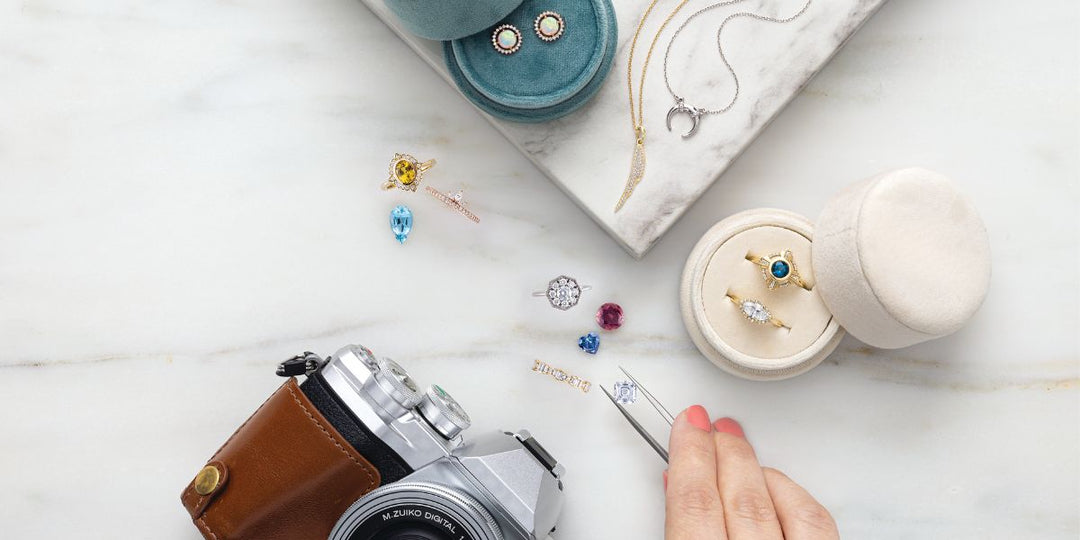Diamonds: A Comprehensive Guide to Brilliance

Natural diamonds, born deep within the Earth's mantle, captivate with their timeless beauty and unique characteristics. Lab-grown diamonds, crafted ethically in controlled environments, offer a sustainable and eco-conscious alternative, boasting the same exceptional brilliance and durability. Whether natural or lab-grown, each diamond tells a story of elegance and enduring beauty.
NATURAL DIAMONDS:
Formation: Natural diamonds are formed deep within the Earth over millions or even billions of years. They are created under high pressure and temperature, with carbon atoms arranged in a crystal lattice structure.
Mining: Traditional natural diamonds are extracted through mining processes. Diamond mines are located in various countries, and the extraction can involve open-pit or underground mining.
Characteristics: Natural diamonds come in a range of colors, with white or colorless diamonds being the most popular. Diamonds may also have natural inclusions, which are unique identifying features.
Hardness: Diamond is the hardest natural material known to man, scoring a perfect 10 on the Mohs scale of mineral hardness. Its exceptional hardness makes diamond ideal for various industrial applications, in addition to its well-known use in jewelry.
Certification: Natural diamonds are often accompanied by certification from gemological laboratories such as the Gemological Institute of America (GIA), providing information about the diamond's cut, color, clarity, and carat weight.
LAB GROWN DIAMONDS:
Formation: Lab-grown diamonds are created in a controlled environment using either High Pressure High Temperature (HPHT) or Chemical Vapor Deposition (CVD) methods. These methods replicate the natural diamond-growing process.
Sustainability: Lab-grown diamonds are considered more environmentally friendly and ethical as they do not involve the environmental impact of traditional diamond mining. They also often have a smaller carbon footprint.
Characteristics: Lab-grown diamonds have the same physical and chemical properties as natural diamonds. They can be produced with fewer or no inclusions, offering high clarity, and are available in various colors.
Hardness: Lab-grown diamonds have the same hardness as natural diamonds. Both natural and lab-grown diamonds share the exceptional hardness characteristic, scoring a perfect 10 on the Mohs scale. This makes them equally durable and suitable for various applications, including jewelry.
Identification: Advanced gemological techniques are used to distinguish lab-grown diamonds from natural ones. Inclusions, growth patterns, and specific features help gemologists identify the origin of a diamond.
Market Acceptance: Lab-grown diamonds have gained acceptance in the market, especially among environmentally conscious consumers. They offer a more affordable option without compromising on the beauty and brilliance of a diamond.
Certification: Lab-grown diamonds also come with certification from recognized gemological laboratories. This documentation includes details about the diamond's quality and origin.
Whether natural or lab-grown, diamonds are celebrated for their enduring beauty and symbolism. The choice between the two often depends on individual preferences, ethical considerations, and budget constraints. Both types of diamonds offer exquisite options for creating stunning and meaningful jewelry pieces.
THE 4 C's OF DIAMONDS. HOW TO CHOOSE THE PERFECT DIAMOND FOR YOU.
The 4 Cs of diamonds are Cut, Color, Clarity and Carat.
Cut: This refers to how well a diamond's facets interact with light, determining its sparkle and brilliance.
Color: Diamonds are graded on a scale from D (colorless) to Z (light yellow or brown). The less color, the higher the grade.
Clarity: Evaluates the presence of internal or external imperfections, known as inclusions or blemishes, affecting the diamond's overall appearance.
Carat: This measures the weight of the diamond. Larger diamonds typically have a higher carat weight.
To choose the perfect diamond, consider your preferences and priorities. If brilliance is crucial, focus on cut. For color, choose a grade that appeals to you. Carat depends on personal size preference and budget. We can help you balance these factors, ensuring you find a diamond that suits your style and specifications.
Explore our Diamond Jewelry Collection.
CUSTOM JEWELRY GALLERY
Browse photos of our one-of-a-kind creations and imagine your own custom piece.
READY TO ORDER
Check out our stunning ready-to-order jewelry designs for more beautiful pieces to fall in love with!
CUSTOM JEWELRY
Dreaming of a unique piece of jewelry? Let us bring your vision to life! Share your ideas and desires, and we'll work together to create a stunning custom design that's truly one-of-a-kind. Reach out to us today!
